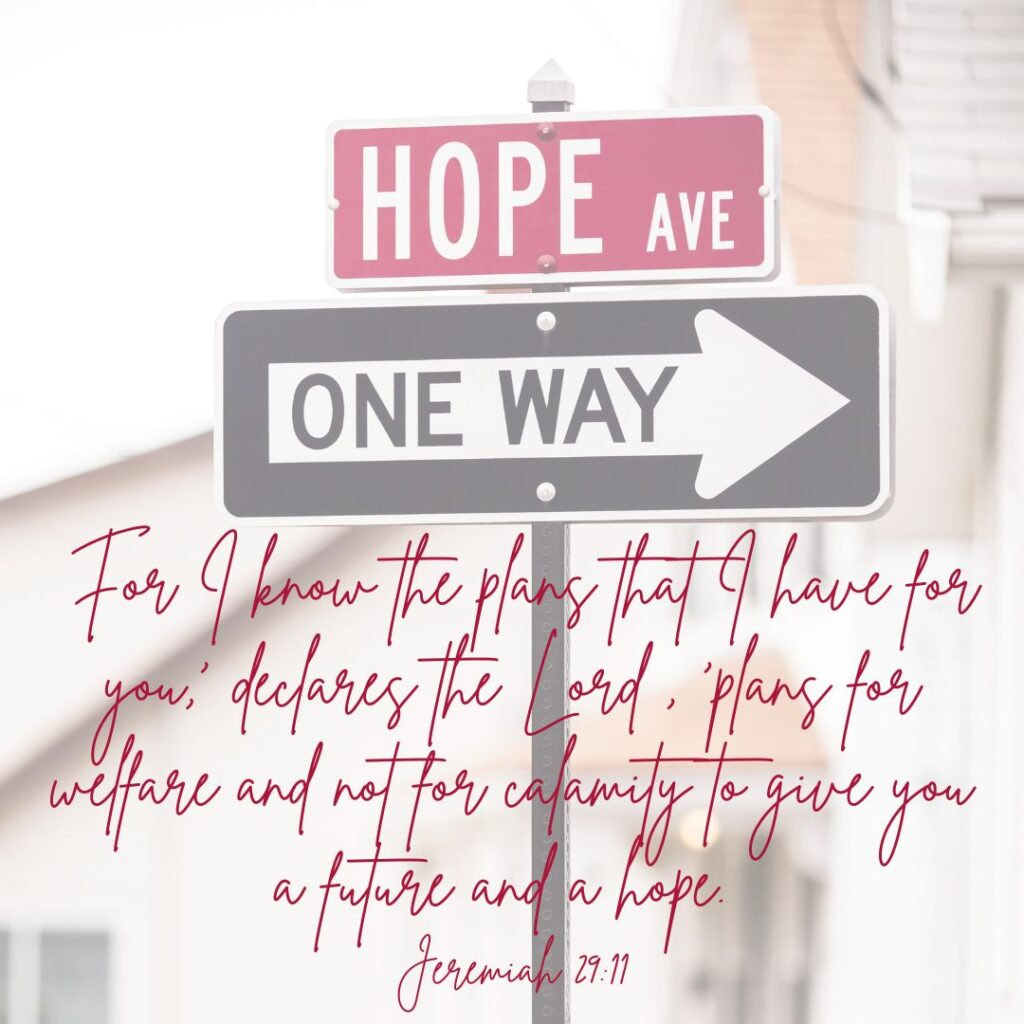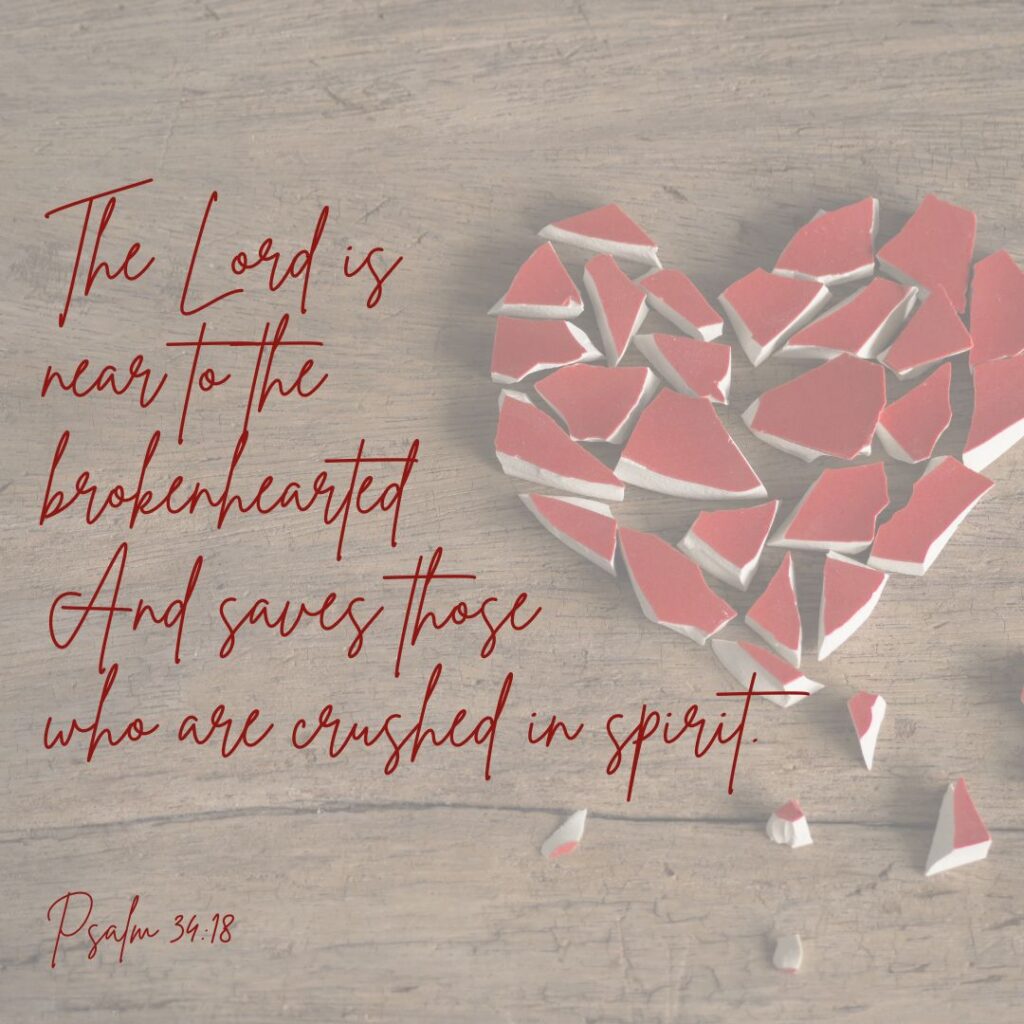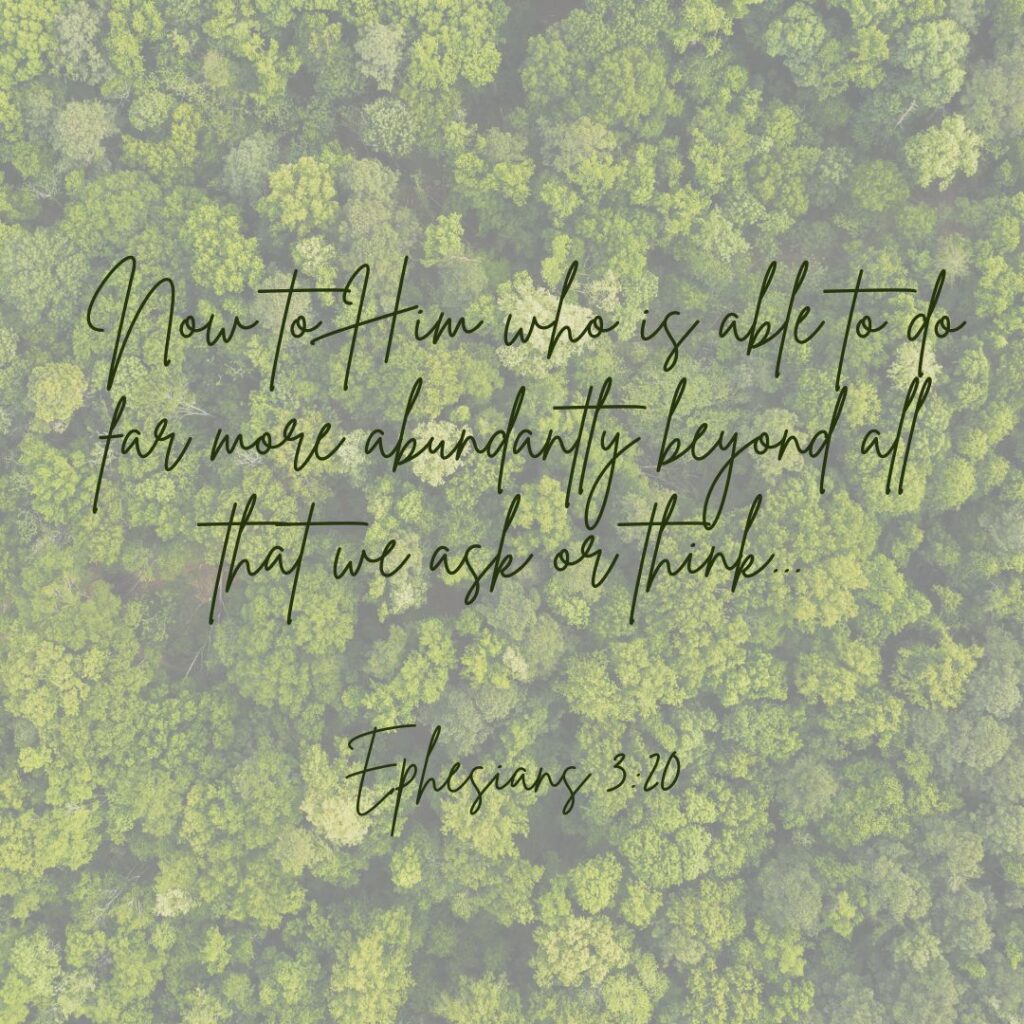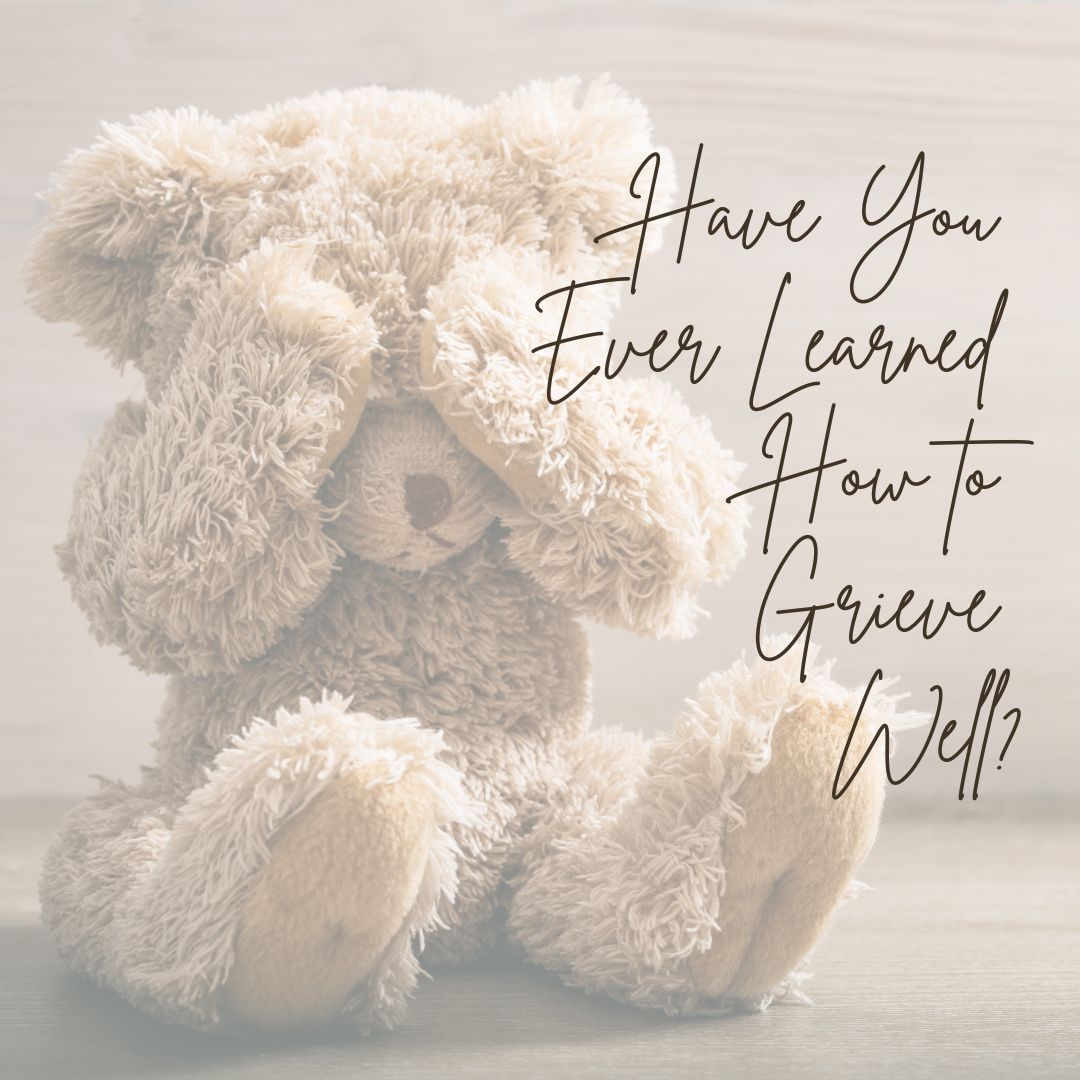Hi! Remember how in our last chat, we dove into the world of pain and its knack for waving those “unmet needs” flags? It would be a daunting task to write about how to meet each possible need, but I would like to give you one example that will hopefully equip you in an area you’ve maybe never been properly schooled in either. Please be aware that as you go on this journey you will find that more often than not needs travel in packs. So, why this particular need, you might ask? Well, it’s like my inner “knower” whispered, “This one first”.
Please hear this: your inner gut feeling, that “knower” of yours? Trust it! You’ve got this uncanny ability to discern which need needs your attention first. You don’t have to juggle them all at once; progress can be as simple as focusing on one thing at a time. So, be kind to yourself and tackle what you can, when you can.
With all this said, today I would like to talk to you about how I began tackling unresolved, unprocessed grief. Turns out that I had a long list of unprocessed griefs that had accumulated, and I had never known that they were just all being added to one container that was waiting to be attended to. I began to learn that just getting over a loss and moving on does not equal having grieved it, and so unbeknownst to me, loss after loss got stuck in this ‘to process’ container inside of me. I realized I needed to learn how to grieve well.
I think many of us, but definitely speaking for me, stash these emotions away in our youth because our emotional backpack starts out pretty light, with room to spare. But there came a point where all those losses piled up, and my body hit the panic button. I’d turn into a human volcano over the tiniest stuff, like forgetting an appointment. Little did I know, those emotional eruptions were just the tip of the iceberg. There were warning signs, but I was blissfully unaware.
I started recognizing that there was an abyss of unshed tears and uncomforted losses, bringing me face to face with the question, “How on earth do I grieve all of this?” People often threw around the advice to “just grieve it well,” but what did that even mean? Maybe some folks have it all figured out, but if you’re like me, you’re standing here clueless, wondering where to begin.
The truth is we all have our deficits, our areas where we struggle, where we lack knowledge or experience. For me, it was the art of grieving. I carried within me a hidden reservoir of unprocessed grief, profound sorrow that I hadn’t been taught to navigate, let alone address effectively. It remained tucked away, growing silently, until that grief container could no longer contain its weight.
I had no guidebook for mourning, and if I’m honest, the first few books and resources I turned to on the subject of grieving fell flat for me. The whole prospect of grief felt foreign and awkward, like trying to learn a language I’d never encountered before.
Yet, as I embarked on this unfamiliar journey, something truly remarkable began to unfold. It was a gradual process of trial and error, experimentation, and learning to discern my unique needs and how to meet them. I quickly realized that the so-called ‘stages of grief’ weren’t always a reliable roadmap for my experience. Many of the standard narratives about grief didn’t resonate with me in certain situations. For me, finding resolution in grief meant embarking on a personal journey of discovery, a process of trial and error to uncover what truly worked for me.
As I open up about my journey, I encourage you to stick with me till the end because this specific journey, the quest to learn how to grieve and cater to my unique needs within the grieving process, transcended the boundaries of mere memories and emotions. It crossed over into the realm of my physical well-being, yielding revelations that were both astonishing and life-altering. I hope my experiences will convince you that this work is genuinely worth the effort.
Join me as we venture not only into the art of grieving well but also into the profound impact it can wield on our bodies, after investing into this dedicated work.

Loss, can take various shapes and sizes. It could be the loss of a loved one, a cherished pet, a relationship, a job, precious possessions, opportunities, or even a loss of health. The nature of your loss will, to some extent, influence how you navigate through your grief. However, it’s crucial to understand that even when faced with the same loss, ten individuals may find themselves grieving in vastly different ways. So, as you embark on this journey, remember to chart your own path and not just blindly follow someone else’s roadmap if it doesn’t resonate or truly help you.
One important lesson I’ve gleaned about grief is that there are ways to engage with it that provide healing and others that simply perpetuate the pain. It may sound straightforward, but it was one of the initial and vital lessons on my journey. Unfortunately, in the early stages, I found myself entangled in unhealthy coping mechanisms without even realizing it.
In this emotional and health-restoring journey, self-awareness keeps emerging as a recurring theme. Everything starts with awareness, it seems. I was told that in order to grieve I needed to honoring my grief, but I had to learn what that truly meant. It all began with recognizing when grief was present, often requiring me to pay close attention to my thoughts. Honoring my grief started with the simple act of acknowledging its existence – a seemingly basic step that, in reality, held deep significance. It also meant recognizing my lack of knowledge about how to address it.
For me, honoring grief evolved into a process of learning from others who had navigated their grief differently from my own, a journey marked by trial and error. The fundamental lesson as I already mentioned, is that there’s no universally ‘right’ way to grieve; there are many paths, and discovering your own is essential. This self-discovery allows you to engage in the necessary emotional housekeeping, preventing grief from accumulating to a point where it adversely affects your health.
At the end of the day, this blog will serve as an incomplete list of approaches to engage with and process grief. However, my hope is that it inspires you to embark on your personal journey if, like me, you’ve never truly been taught how to grieve. Grief is just one of the many needs your pain might reveal as you explore its messages.
Another crucial aspect to consider before embarking on the journey of learning to grieve is the profound toll it takes on you—emotionally, mentally, and physically. Therefore, it’s essential to create some margin in your life, to carve out space that will enable you to honor your grief by lightening your overall load. I can’t emphasize enough how frequently I’ve needed to remind myself of this fact. It often feels as if I’m being unproductive, as if I should have moved past it by now. So, remember to be kind to yourself and resist the urge to impose deadlines or timelines. Grieving will take as long as it needs to, and that duration will vary from person to person.
It was also immensely beneficial for me to acknowledge that I was dealing with decades of accumulated grief; naturally, such a substantial emotional buildup requires time for resolution. This is a period to temporarily set productivity aside and instead dedicate time to rest and renewal. I highly recommend revisiting these previous blog posts, as they offer valuable insights on incorporating rest and regulation into your grief processing plan:
Shattering the emotional pain cycle with gentleness
Mastering Emotional Balance Through the Art of Diversion
Quenching Stress with Biblical Strategies
Finding Peace Amidst Mystery and Pain
Getting into your grief and processing it has an added benefit. Although it is very painful at times, this journey will also unlock your capacity to experience more positive emotions, such as joy. As someone wisely said, when you shut down one emotion, you inadvertently dampen them all, and life loses many of its pleasant emotional moments due to numbness.
Now, let’s delve into some practical strategies I’ve learned for managing my emotions during the process of grieving.
I once came across a remarkable metaphor during an interview that has continued to guide me in embracing the principle of addressing grief gradually. Picture a large 2-liter soda bottle that has been vigorously shaken. If you wanted to open that bottle, knowing it’s been agitated, you’d twist the cap ever so gently, just enough to release a bit of air and observe some bubbles rising. Then, you’d pause. This process would be repeated until there’s no more air left, right? Of course, you might have at least once in your life – or perhaps your kids have – eagerly opened such a bottle in a single go. This is how you learn the value of doing it slowly and appreciating the benefits of patience in the process. The same concept applies to grief.
Your own inner feedback, as you navigate the grieving journey, provides valuable information about whether you’ve done enough for one day. Allow yourself to set the pace by tuning in to the feedback your system is providing. If you start feeling restless, overwhelmed, or experience any other personal symptoms, have a ready plan to regulate your emotions. This could involve deep breaths, a leisurely walk, soothing music, or any activity that works for you, enabling you to engage in more pleasant and calming experiences immediately. This is yet another way to honor your entire self as you grieve.
It’s perfectly acceptable to schedule these periods and even set a timer. Decide that you’ll only journal or engage with your grief for a specific amount of time, and then consciously set it aside. Then, turn your attention to something that brings even a tiny bit of joy into your life, and make it a routine part of your healing process.
I’ve discovered that recognizing when I’m using various activities, whether healthy or unhealthy, such as overworking, keeping busy, overeating, procrastinating, or even exercising, to numb my emotional pain, serves as a clear indicator that it’s time for me to engage in focused grief work.
In my quest for coping strategies, I tapped into a wide range of ideas. Some involved artistic expressions, others centered around physical activities, some revolved around journaling, while others entailed conversations with trusted individuals, introspection, and lots of conversations with God. Interestingly, one approach that proved remarkably effective for me was inspired by a counselor who helps her teenage clients navigate grief using body-based techniques. This was a novel concept for me, given how disconnected I had been from my own body. I couldn’t have pinpointed where in my body I might have been experiencing the grief; I simply knew it was there, buried deep within.
Here are some of the body-based methods as well as many other things I experimented with in no particular order, to process and engage with grief:
Expressive Writing: I took sheets of paper and poured out all my losses, delving into the nuanced and individual ways they had impacted me. I wrote about how each loss had affected me and more. Afterward, I crumpled the papers and hurled them with all my might across the room. The physical act of throwing served as a somatic release, helping to dissipate some of the pent-up emotional energy.
Symbolic Burning: I took those crumpled papers and set them ablaze in the fireplace, watching as they transformed into ashes. This act symbolized the release and transformation of my grief.
Embodying with Rocks: I selected rocks and inscribed upon them thoughts and feelings related to whatever I was grieving. Placing these stones in a backpack, I carried their weight as I walked. When I reached a river, I cast each rock, one by one, into the flowing water. This activity symbolized releasing the emotional burden and forgiving those involved. The lightness of the backpack afterwards was a lasting reminder that I had chosen to release these things.
Physical Movement: I incorporated plenty of walking and exercise into my routine. The simple act of getting my body moving proved to be therapeutic when processing grief. Some may find kickboxing especially helpful.
I delved deep into the multifaceted aspects of grief, grappling with emotions such as anger, sadness, depression, and self-blame—embracing each as it manifested.
Scripture: I found a lot of comfort in the passages of the Psalms where individuals wrestled with God amid their grief, struggle, and pain. Some notable passages that offered me comfort and served as a valuable resource for processing my emotions include Psalm 13 and Psalm 88. I encourage you to explore these as well. I used these passages as a blueprint to write my own versions of these Psalms which proved to be extremely helpful, though also very tearful. More on why tears are so good a little later.
Raw honesty with God: One powerful strategy that aided my healing journey was journaling my raw thoughts and feelings, laying them bare before God, and allowing Him to respond to me repeatedly. In these exchanges, I granted myself the grace to be less productive, practicing compassionate self-talk when I encountered new layers or waves of grief, loss, or privation. What I learned is that not only was I tapping into things I lost but also into things I never had and hadn’t realized were a loss in their complete absence from my life.
No Shame: I learned to be brutally honest with myself, permitting genuine complaints and raw expressions of hopelessness, never shaming these feelings. Continually, I asked for help and dared to listen to God’s comforting words through His promises. I surrendered to how He wanted to meet me, rather than imposing my own expectations on him while also being honest about how I wish he’d show up.
Learning from others: I also utilized various scriptures as prompts to craft my own honest narrative of what had transpired and how it felt. For instance, 2 Corinthians 1:8-9, 2 Corinthians 4:7-12, Lamentations 3:1-20, Job 3:1-26, Job 7:1-10, Job 10:1-22, and Proverbs 13:12 provided valuable insights into my experiences and the impact of lost dreams. Feel free to use these as prompts one at a time as you have capacity.
Writing my own Psalms: Drawing inspiration from passages such as Psalm 72-73, I composed my own cries to God.
Embracing the Wait: I learned how to wait through scriptures found in Romans 5, James 1, 1 Peter 1, and Hebrews 11. These verses served as reminders that the season of grief would not last forever, as highlighted in Revelation 7 and Romans 8:17-18.
Comfort through promises: Comfort and reassurance came from scriptures and promises like Genesis 50:19-20 and Romans 8:28. I began to trust that being in a seemingly hopeless corner could set the stage for a miraculous intervention from God, an opportunity that might not arise if everything had gone smoothly.
Ultimately, my journey led me to surrender everything, becoming stripped of all but worship. I found joy in realizing that nothing held me captive anymore.

Music: Music also became a companion on my grief journey. I discovered playlists tailored for grieving, and through these songs, I allowed myself to connect with the profound sadness, often shedding tears. Additionally, I curated a personal playlist filled with songs that provided comfort, validation, and encouragement. These were tunes that resonated with my experiences, shared stories of others who navigated similar struggles, and featured songs of prayer and worship that helped me keep my focus on God.
Tears: In my pursuit of healing, I took a deliberate step to retreat to a safe and secluded place, where I unleashed a torrent of loud, ugly sobs—a form of crying that I couldn’t recall ever experiencing before. This deep, wailing cry allowed me to access and express my grief from the core.
I also gave myself permission for moments of tears after the retreat, as long as safety was ensured. Interestingly, studies have shown that tears shed during grief differ from those produced when something irritates the eye. Emotional tears contain toxins, suggesting that crying serves as a natural detoxification process for the burdensome emotions we carry. It’s truly remarkable how this emotional release aids in the healing journey.
Letters: Another method I found incredibly therapeutic was writing a letter to myself—an earnest, compassionate letter that addressed the wishes and hopes I held for myself but hadn’t realized. This exercise wasn’t about dissecting the actions of key people in my life or dwelling on what they did or didn’t do; it was a personal way of showing up for myself.
Helping others: One avenue I ventured down during my grief journey involved redirecting the time I once expected to be filled with something I had lost. Instead, I chose to transform it into an opportunity to be of service to someone who I had the capacity to help. This act of selfless service was unexpectedly comforting and empowering, breathing new purpose into those moments.
Art: Additionally, I engaged in art journaling and other artistic expressions. I found new energy in selecting meaningful scriptures and illustrating them, placing these visual reminders of promises on my fridge and around my space. This artistic endeavor not only reignited my creativity, which had dwindled during my grieving process, but also provided a source of inspiration and encouragement.
Open to the possibility of hope: During my journey, I engaged in a variety of activities to help me process my emotions. Some of these activities were centered around expressing the anger and sadness I felt, while others were aimed at accepting a new normal. It was during this phase that I began to consciously lean into God’s promises, believing in His goodness and faithfulness even when I couldn’t muster up hope on my own. I remember Ephesians 3:20, which speaks of God doing far more than we can think or imagine. This verse brought me comfort, assuring me that even if hope seemed elusive, God’s plans for me would surpass my wildest expectations.

Thankfulness: Gratitude became an integral part of my healing journey. I made a conscious effort to focus on the positive aspects of my life, such as the ability to see, hear, and walk—simple yet significant blessings. I found strength in facing reality with courage and doing what I could while placing my trust in God. Rather than dwelling on what I couldn’t do, I shifted my focus to what I was capable of achieving.
Additionally, I learned to prepare for anniversary grief, especially when the loss wasn’t related to a person but something else. This proactive approach helped me navigate the waves of grief that would resurface during significant anniversaries or milestones.
I’ve chosen to dedicate a special blog post to grief because of the immense difficulty I encountered along this path and the profound results I witnessed. It’s worth noting that, by the end of this arduous journey, I was free from asthma, something I had struggled with since 6th grade and a testament to the radical transformation possible. It has been said that asthma is connected to grief. Please be sure to hear this as my personal testimony. If you have asthma, (or other physical ailments) I am fully aware there can be other causes and if grief isn’t yours, it is still valuable to learn how to grieve well but physical benefits may look differently for you.
From where I stand now, I can confidently say it’s worth every effort, though I vividly remember the challenges I faced in the midst of it all. At one point, my body was so fatigued that even climbing a few stairs felt as if I were carrying a 200lb barbell on my shoulders. (Again, you may have other experiences and it also all depends on how much build up you have). Looking back, it’s intriguing to see how my body mirrored the weight of my unprocessed grief, even when I wasn’t fully aware of it at the time.
This journey taught me that our pain often holds vital messages for us, ones that we can uncover and address by delving into the depths of our emotions. Grief, in all its complexity, is just one facet of this intricate journey toward healing. As you explore your own pain and its messages, you may encounter a multitude of needs and challenges, each unique in its own way.
Remember, I embarked on this journey not because it was easy, but because it was necessary. The radical transformation I experienced, both emotionally and physically, reaffirmed the power of healing through facing our pain head-on. I hope this blog post inspires you to embark on your own journey of healing, armed with the knowledge that it’s possible to find relief and transformation, even in the face of life’s most daunting challenges.
If you’ve found resonance in my journey of grief and healing, and if you’re seeking additional support in your own path of grief, know that you don’t have to walk it alone. I’m here to offer help and accompany you on your unique journey, providing guidance, understanding, and a compassionate presence.
Grief can be a challenging road, and having a companion who understands its twists and turns can make all the difference. If you feel that you could benefit from some extra support and guidance, please don’t hesitate to reach out.
Feel free to contact me if you have any questions or simply want to connect.







